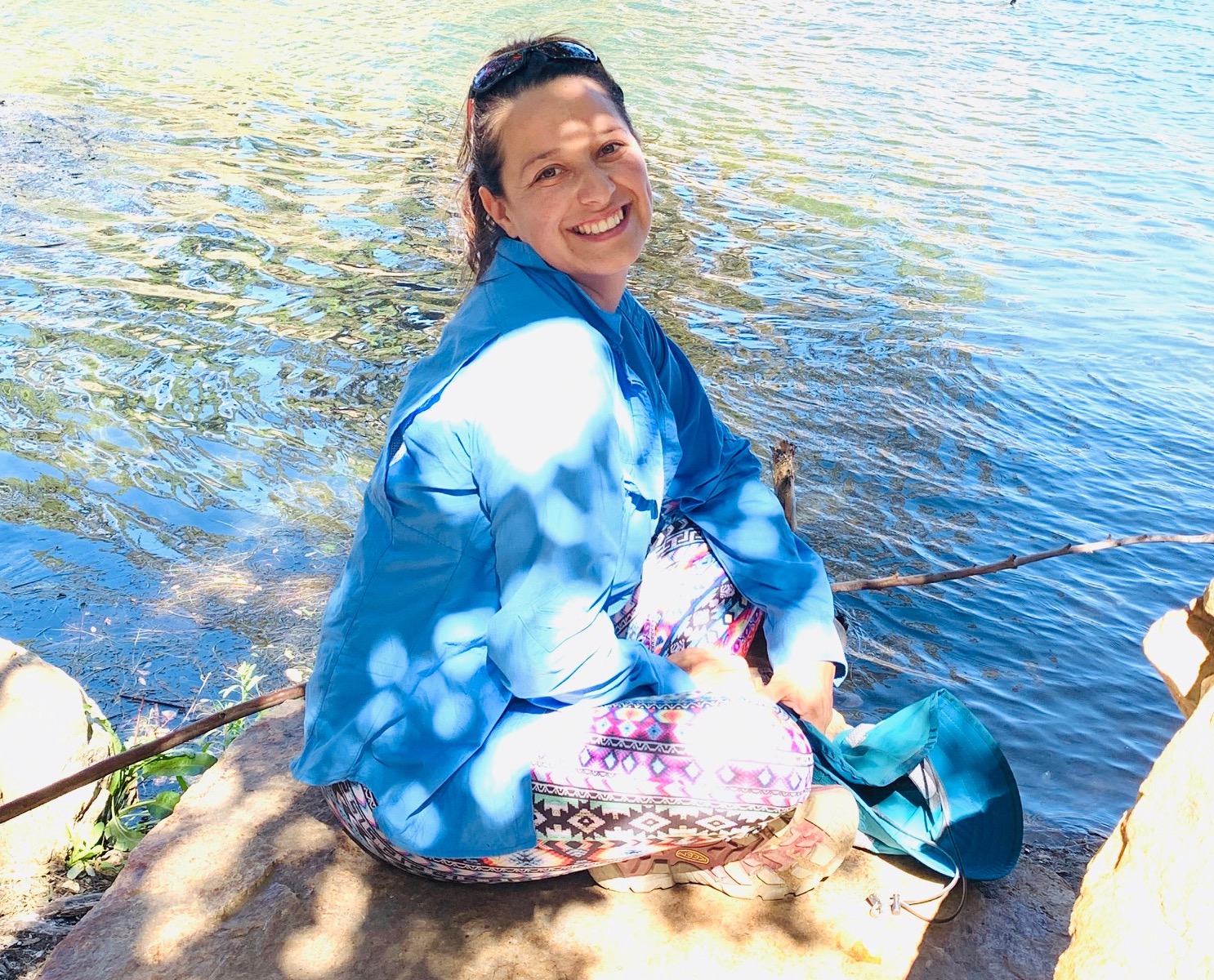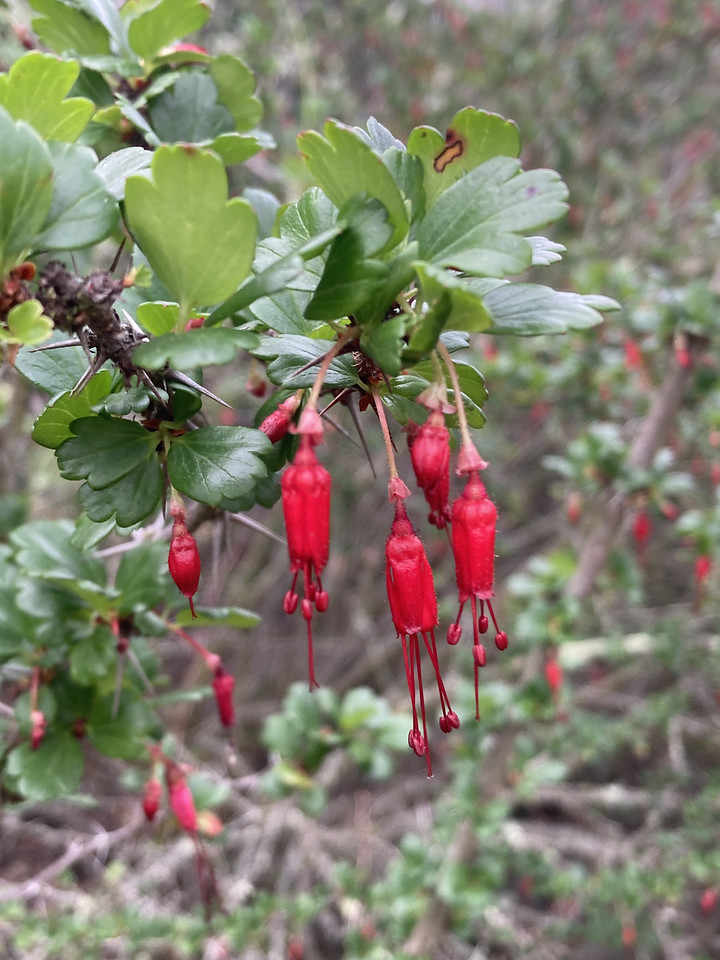
Cocos Fire: 5 Years Later
The poet John Keats wrote, “The poetry of Earth is never dead.” When afforded time and the freedom to do so, life can rebound even in the face of destruction. But while nature is resilient, it isn’t invincible. Wildfires offer a clear case in point.
On May 14, 2014 the Cocos Fire scorched 1,995 acres and destroyed 36 homes in San Marcos and the Harmony Grove region of Escondido. In addition to the significant loss of property and other human impacts, this arson fire also wreaked havoc on habitats and wildlife.
As part of the Conservancy’s commitment to land management within the Escondido Creek watershed, we have been monitoring how different habitat types are recovering in the wake of the Cocos Fire. Part of this entails a visual documentation of representative habitat types. For the past five years our staff and some dedicated volunteer photographers have consistently taken pictures of affected grassland, oak woodland, chaparral, and riparian sites.
One of our volunteer photographers, Chris Clark, explains why he wanted to get involved in the project: “Having had a fire near my home several years ago, I was curious to document the process of restoration in a more mindful way. Without the photographs to compare, it is difficult to keep in the mind’s eye, the subtle changes taking place.” According to Mr. Clark, the changes he has observed and photographed in his assigned riparian habitat have been interesting and encouraging. As he describes, “Of the more dramatic changes that I have observed has been the rapid vertical growth of toyon. Within two years they leafed out, leaving little evidence of the fire.”
Another volunteer working on the project, Alison Hiers, an avid birder, also observed positive changes in her assigned site. As plants like Artemisia and laurel sumac make a comeback, she notes, “The bird life is getting more diverse and increasing in numbers… I’ve also seen an uptick in the numbers of birds nesting. This past spring was especially good with nests for house wrens, white breasted nuthatches, crows, starlings, and bushtits.”
Unfortunately, not all of the regrowth has been positive. Some native plants, such as coast live oaks that were damaged in the blaze, never recovered. In some sites, invasive plants like mustard have filled the gaps left in the aftermath of the fire. These opportunistic species can replace our native species, putting more plants and animals at risk of extinction. Additionally, as invasive grasses move in to colonize areas after fires, dry invasive non-native grasses can create an even greater fire hazard. Nevertheless, many native plants have grown from the ashes, bringing wildlife with it, and replacing the destruction with an abundance of life. “As we face a future that portends more fires, I have hope that if we become better stewards of the Earth, we can work with nature to maintain a healthy planet,” Clark says.
With the five-year anniversary of the Cocos Fire here, our monitoring project is now coming to a close. We’d like to give special thanks to all of our volunteer photographers: Chris Clark, Alison Hiers, Dennis Kibler, Tom Munnecke, Richard Murphy, and Donn Wilber. More photos will be released this month and they will stand as a testament to Keats’ words that, indeed, the poetry of Earth is never dead.




